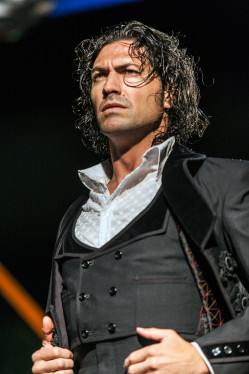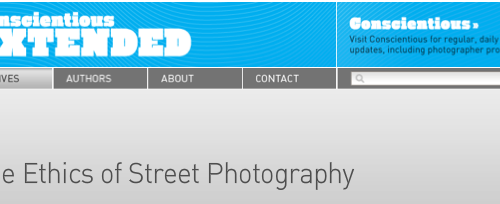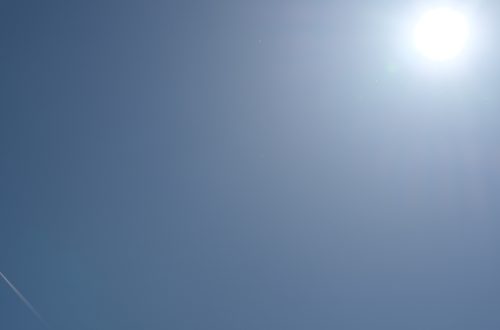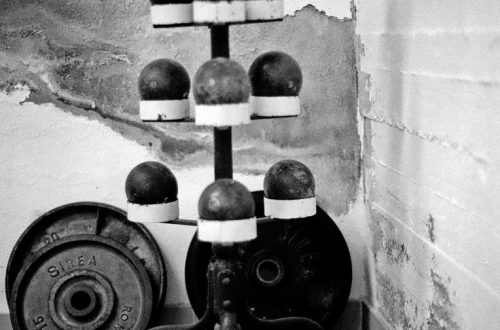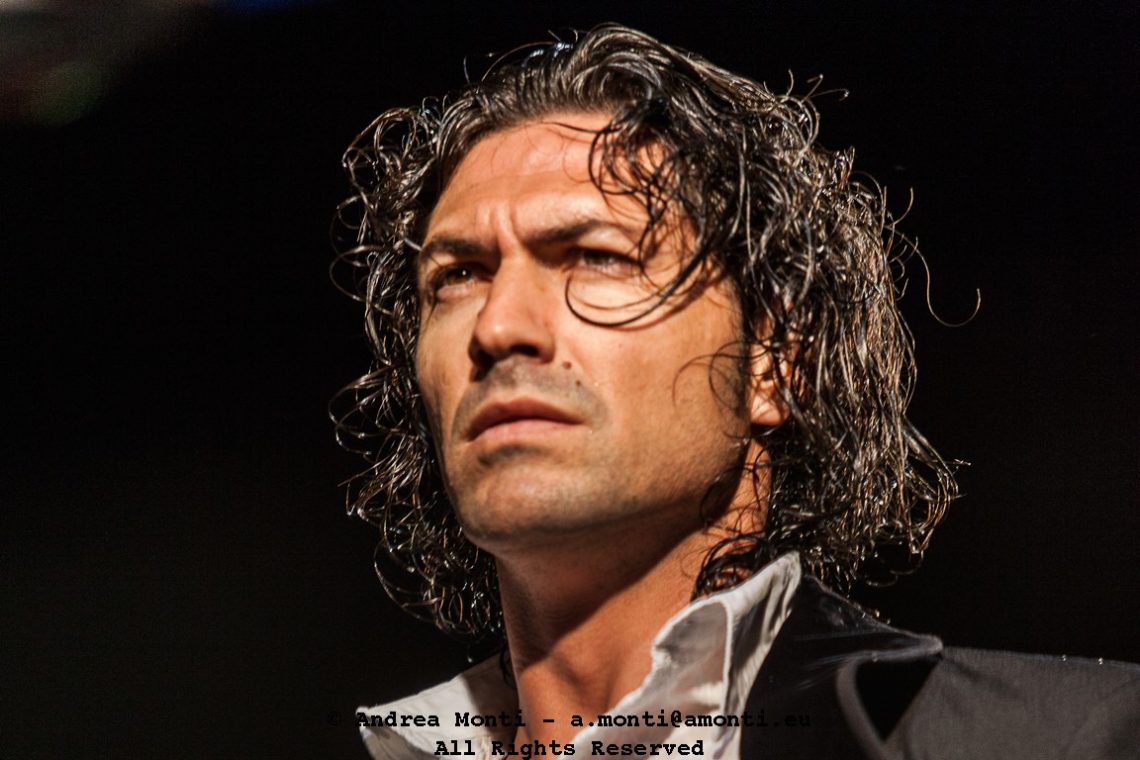
Portrait of a Bailaor
It’s not the dance itself. Not the movement. Not the raised heel or arched arm. It’s the moment in between.
I took this portrait during a flamenco performance—close up, no motion blur, no sweeping gesture. Just a still frame of pure tension. The bailaor had just stepped out of a phrase. His hair wet from exertion, shirt unbuttoned from heat. He was motionless, but the intensity hadn’t left. It was gathering.
What struck me wasn’t the obvious theatricality. It was the way his focus seemed to cut straight through the light. His jaw tight, eyes narrowed, not toward the crowd, but somewhere inward. Flamenco isn’t about smiling through the steps. It’s about holding weight—grief, pride, memory—in the body, and then letting it out with a stomp, a shout, a silence.
In that moment, the stage disappeared. The costume disappeared. Even the music felt suspended. There was only this face, this breath. A living sculpture shaped by rhythm and rage and resolve.
As photographers, we’re taught to follow movement, anticipate action. But sometimes the most powerful images come when everything stops. When the energy folds in instead of out. When expression holds, like a final note sustained just past the measure.
This wasn’t a dancer frozen mid-performance. This was something older, deeper. A man embodying a tradition that speaks through the bones. And the camera caught it—not as performance, but as presence.


